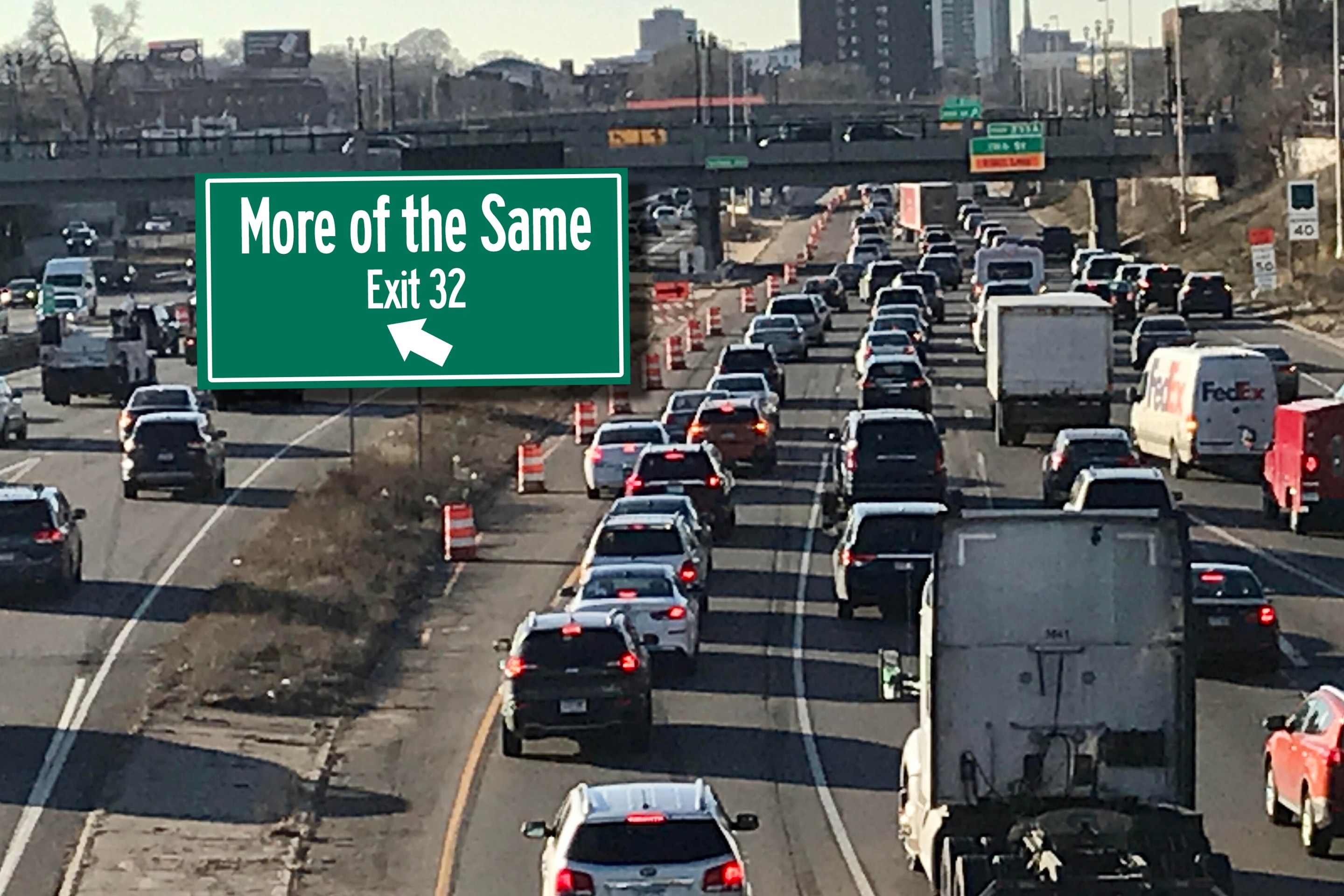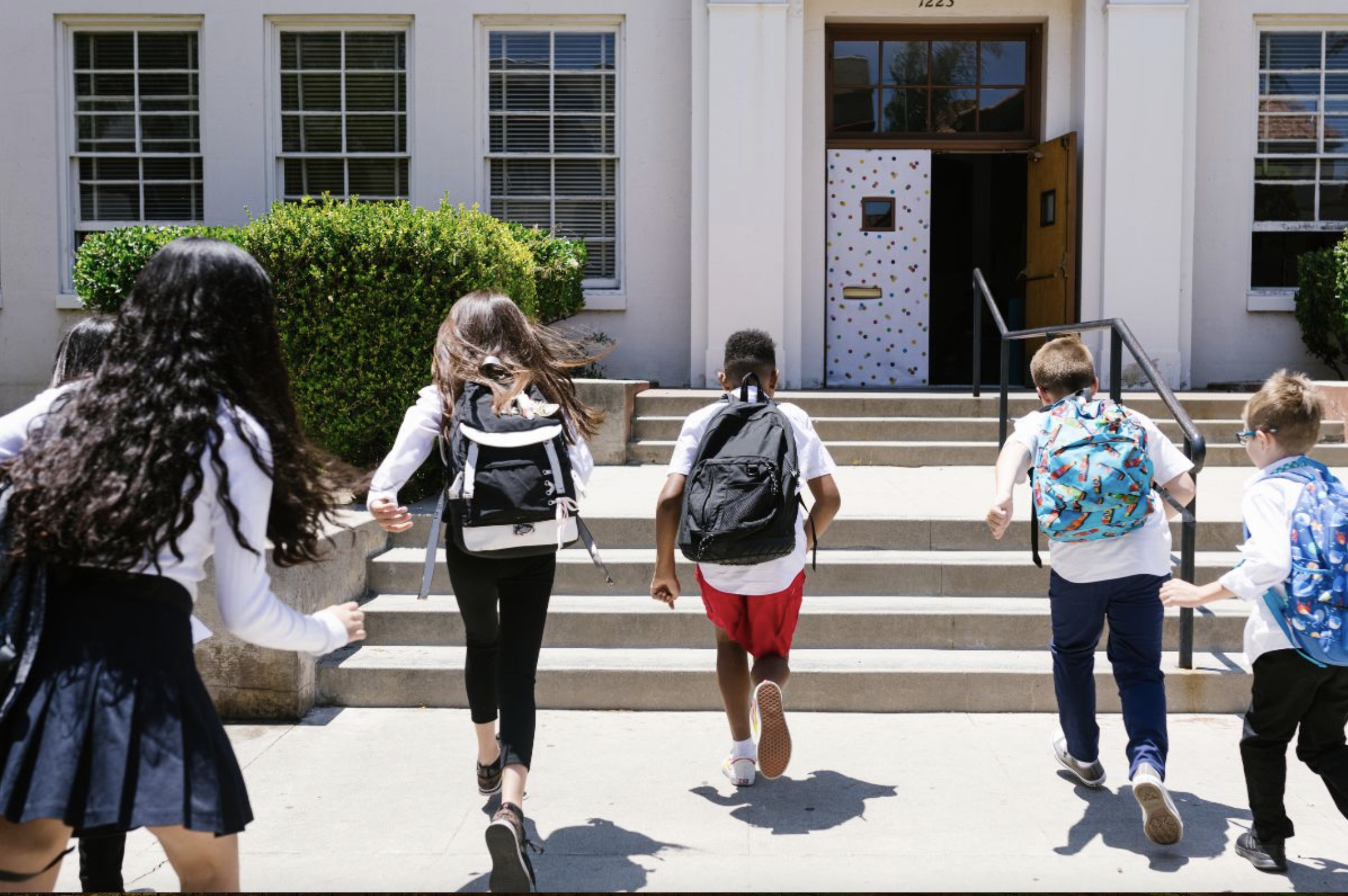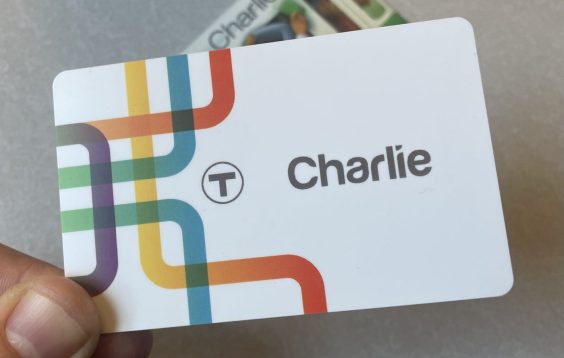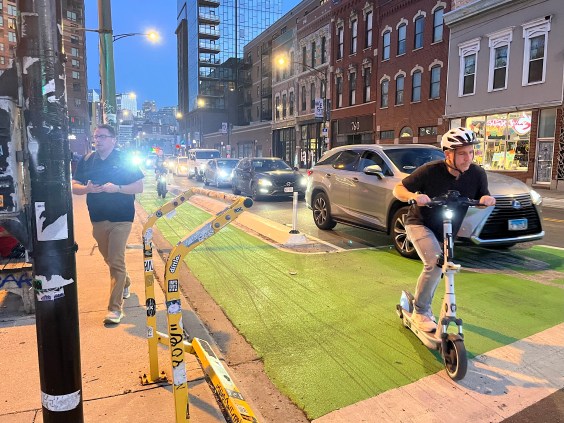Part 3 in a series on rail and transit-only travel across the United States focuses on the final three cities of our journey. Part 2 looked at the first three and Part 1 presented an overview of our travel.
San Francisco

Fully restored streetcars, cable cars, buses with and without pantographs, submerged and at-grade light rail, a regional subway and two commuter rail lines all make for a dizzying array of often very scenic public transportation. (Although, with a $5 fare, the cable cars seem more like a tourist draw and less like a form of public transit.) But even in a city that like New York derives much of its appeal from having a walkable, pre-automobile environment, we read about how pro-traffic forces are trying to reshape the city to accommodate more cars. There's apparently a big vote coming up in November on whether to continue transit-first policies or build a lot of parking garages (which would seem to counteract the $159 million San Francisco just won for congestion pricing).
Los Angeles

Making fun of Los Angeles car dependency was already a cliche decades ago. We didn't want to fall into that trap. We arrived in L.A. with open minds, hoping that it just might pleasantly surprise us. It did and it didn't.
L.A.'s Amtrak station is spectacular, way better than ours (not that that says anything). High ceilings, wide corridors and open concourses with a warm, inviting feeling and soft armchairs for waiting. (Wikipedia's photo does it justice.) It was also busier than we expected, serving morning commuters when we arrived but still busy in the afternoon. It's Amtrak's fifth busiest station (scroll).
Then we exited the station and found ourselves feeling like second class citizens walking with our luggage along wide, busy boulevards and buildings that were distant from one another. Pedestrians are actually forbidden from crossing the street right in front of the station, so we had to take some kind of circuitous route to get back to the station, crossing extra streets unnecessarily. Because of a little bit of a snafu that I'll describe tomorrow, we spent less time in L.A. than we had planned: just five hours. We spent most of it struggling with a crossword puzzle outside a Starbucks three blocks from Union Station.
New Orleans

New Orleans is recovering from Katrina. We stayed across the street from a monument to General Robert E. Lee in the Central Business District, three blocks from Amtrak. This area, like the French Quarter, was never flooded and the Quarter was bustling as always on the weekend we were there. Most of the many cyclists we saw in New Orleans were riding one-speed coaster bikes, which is a trend we didn't see anywhere else. There was also a fair proportion of trikes used to haul stuff. But the transportation highlight was definitely the streetcars, which have friendly drivers, friendly fellow passengers, and tall, wide windows that allow you to see the great panorama before you. Their grassy right-of-way does its little part at reducing the portion of our country paved with the impervious surfaces like asphalt, which are so harmful to drinking water supplies. The oldest and longest streetcar line in NOLA, along St. Charles Avenue, is now running as a short downtown shuttle until the rest of the line can be put back into service. Because I love them so much: two more photos of New Orleans streetcars below the jump.

A grassy median forms the bed of the New Orleans streetcars' right-of-way in some places.

Canal Street streetcar, at the intersection where Carondelet becomes Bourbon.





